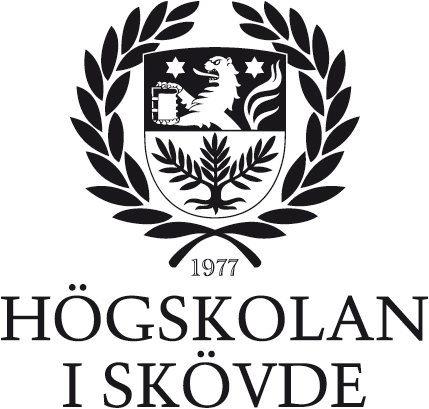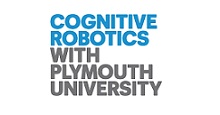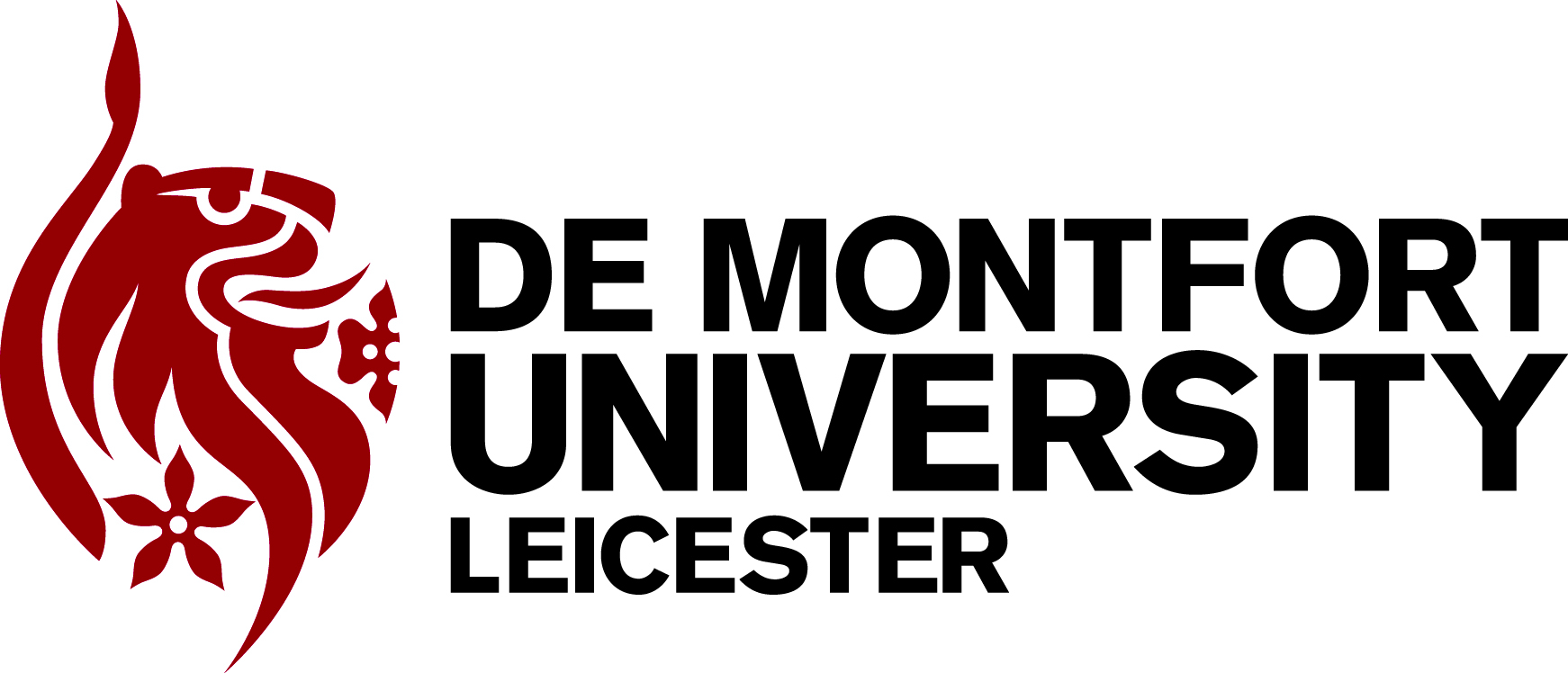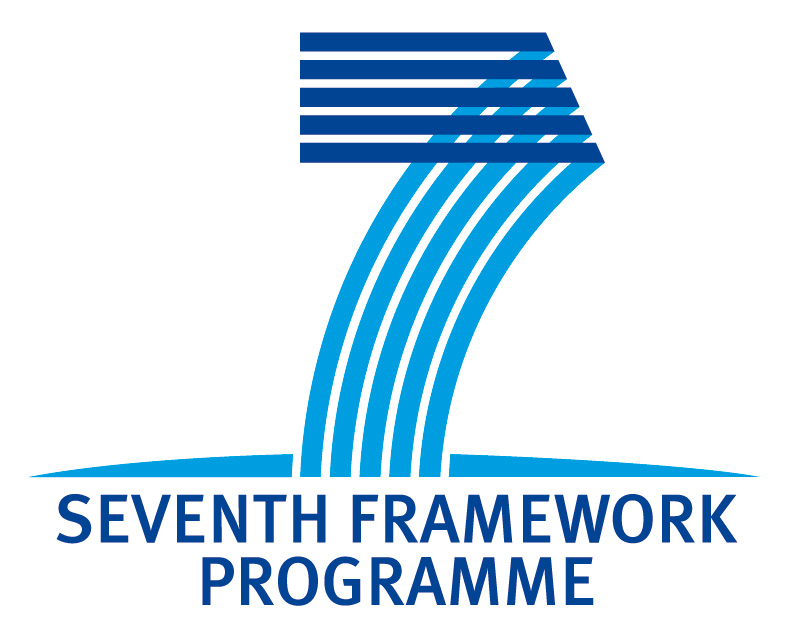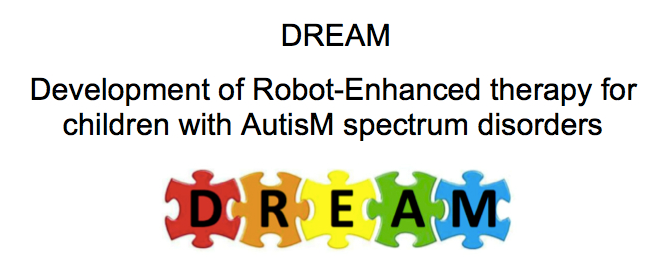
DREAM is a new EC-funded project that will deliver the next generation robot-enhanced therapy (RET), developing clinical interactive capacities for social robots that can operate autonomously for limited periods under the supervision of s psychotherapist. DREAM will also provide policy guidelines to govern ethically-compliant deployment of supervised autonomy RET. The core of the DREAM RET robot is its cognitive model which interprets sensory data (body movement and emotion appearance cues), uses these percepts to assess the child’s behaviour by learning to map them to therapist-specific behavioural classes, and then learns to map these child behaviours to appropiate therapist-specific robot actions.
Challenges addressed by DREAM
Child-robot interaction strategies: We focus on evidence-based therapies suitable for improving social interaction skills. The robot will assist the therapist in teaching the child social skills like turn-taking, imitation and joint attention.
Cognitive social behaviour for supervised autonomy: We develop a new platform-independent congnitive controller based on the needs of human social interaction, exploiting the propensity of people to “fill in the gaps” in social interaction by generating behaviour that facilitates interpretation by ASD children.
Child-specific behaviour assessment: We create a model that can track and quantify changes in child behaviour based on off-body sensory data as well as provide quantitative inter-individual comparisons to assist therapist in their tasks.
Multi-sensory data fusion and interpretation for diagnosic support: Multi-sensory data will be used to provide quantitative support for the diagnosis and care/treatment of ASD, replacing current labour intensive techniques involving paper and pencil, or manual video analysis.
Ethics of human-robot interaction: We ensure that the technical design of the robot complies with existing ethical, social, and legal norms. We also address new ethical and legal issues raised by the particular kind of interaction that emerges in the interaction between children and autonomous robots in therapeutic contexts.
